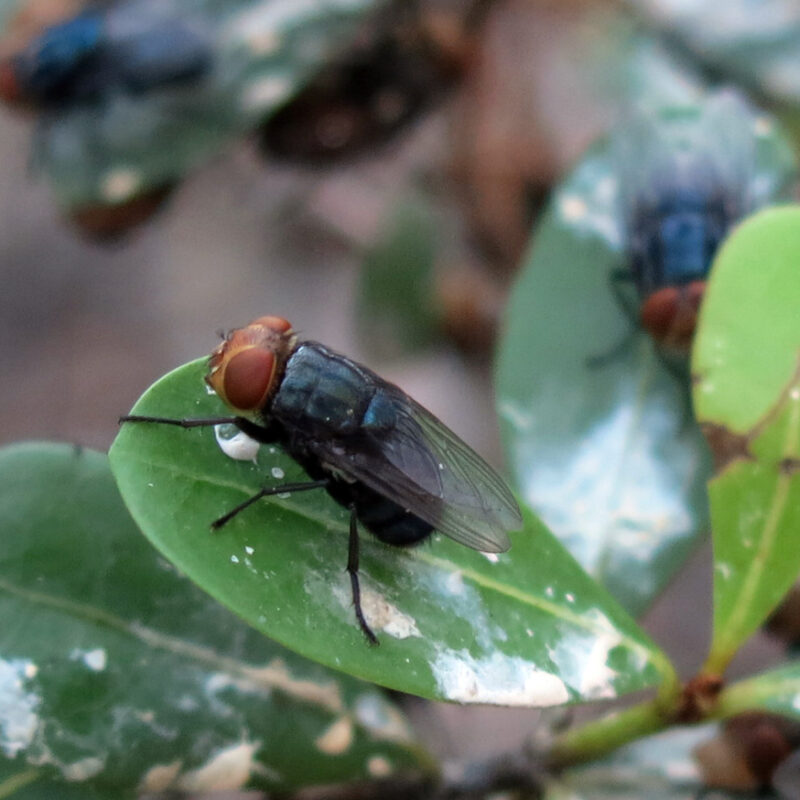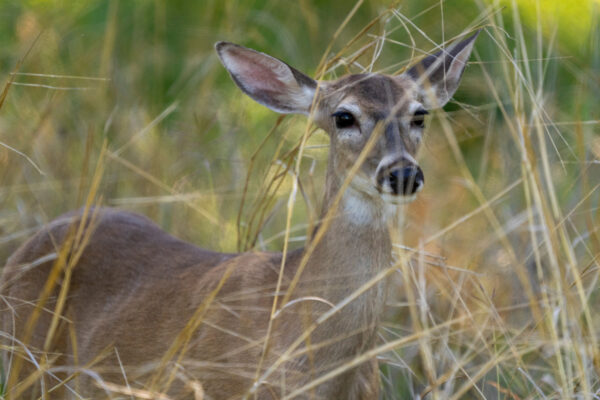New World Screwworm

In response to the increased activity in Mexico regarding New World screwworm, Texas A&M AgriLife brings together its research, teaching and extension expertise to help educate and provide research-backed information to Texas citizens.

Stay informed

The New World screwworm is a parasitic fly that lays eggs in the living tissue of fresh wounds in warm-blooded animals. The larvae (maggots) feed on the host’s flesh, causing severe wounds and often death if untreated.

Texans can help prevent the spread of New World screwworm and protect native wildlife species by actively monitoring and reporting signs of New World screwworm infestations in urban and rural wildlife populations.

If you suspect New World screwworm (NWS) in your livestock, immediate action is critical to prevent further spread and protect animal health.
Inspect. Collect. Protect.
Proactive livestock management and seasonal planning are essential in reducing the risk of New World screwworm infestation.
New World Screwworm Technical Bulletins
Dive deeper into the science behind combating the New World screwworm.

The northern migration from central America of the New World screwworm (NWS), Cochliomyia hominivorax, poses a renewed threat to Texas and United States livestock producers.

Los conocimientos necesarios para monitorear, detectar y reportar signos de infestación por el gusano barrenador.
Online Resources
- New World screwworm resources from Texas A&M Natural Resources Institute, NRI
- USDA-APHIS screwworm website
- Texas Animal Health Commission New World screwworm emergency management guide
- FDA: Animal Drugs for New World Screwworm
- Texas A&M Veterinary Medical Diagnostic Laboratory
- History of the screwworm in the U.S.
- New World screwworm and other flies in animals
- Biosecurity and herd health considerations
Report suspicious cases
Immediately isolate any suspected animals and contact:
- Your local veterinarian or wildlife biologist
- Texas Animal Health Commission: 1.800.550.8242
- U.S. Department of Agriculture Veterinary Services: 512.383.2400
To prevent unintentional spread, avoid transporting any suspected animals until advised.
Contacts
For inquiries related to screwworm research and management, please contact:
Phillip Kaufman, Ph.D.
[email protected]
979.321.5812
For media inquiries, please contact:
Blair Fannin
[email protected]
979.803.1264





